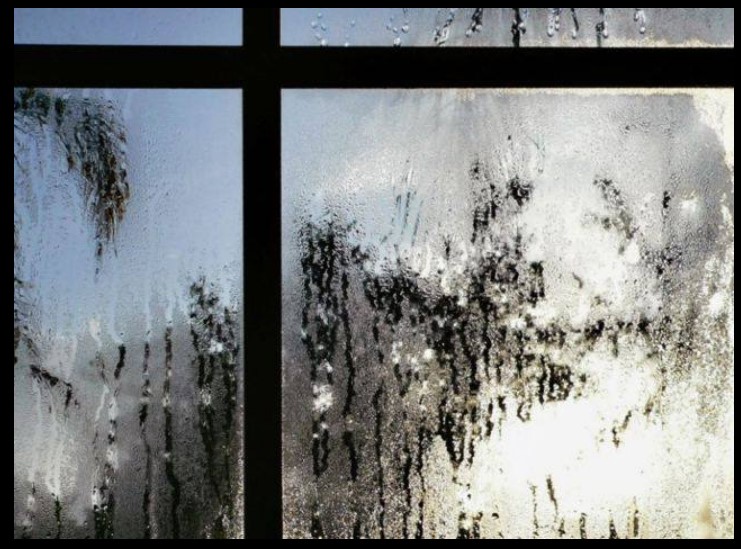Why do double glazing units fail?
The gap between the two panes of glass in older double-glazed units is filled with dry air forming a thermal barrier, which acts as an insulator of heat. The spacer bar (often silver) bridges the gap between the glass and full of desiccants that will attract moisture, helping keep the air in the gap dry.
In the hot weather, the air in the sealed unit will expand and as the temperature drops again it contracts. This expansion and contraction means the sealed unit will contract, again putting more pressure on the seal. Over time the seal on the unit will weaken, then ultimately the seal will open. When this happens, the dry air will be forced out of the unit under pressure
Most often the seal on the bottom of the unit opens, as this is where the damp sits. As the temperature drops and the unit cools down, moisture is sucked into the unit through the failed seal. Once the temperature stabilises, the seal will reclose trapping the moist air inside the now re-sealed unit. This process is called ‘solar pumping’ and as it repeats more moisture is trapped within the unit. Some of the moist air will be absorbed by the desiccants within the spacer bar but over time as more moisture is sucked into the unit, the desiccants become saturated and can absorb no more moisture.
One the desiccants have reached this saturation point, the heavier moist air will sit in the bottom of the unit and when heated by the sun, the heated vapour will rise to the top of the unit, then as the temperature drops, the vapour will condense and run down the coldest of the two sheets of glass.
Once this happens and your unit has failed for a long time chemicals from the desiccants mix with the condensation and the sun bakes the chemicals into the glass causing a cloudy effect. This is called letching and is baked into the glass and CANNOT be removed.
So now you know why… to see how little it costs to replace your windows with new energy efficient glass contact us.
Or for our on-line estimator service click here.



